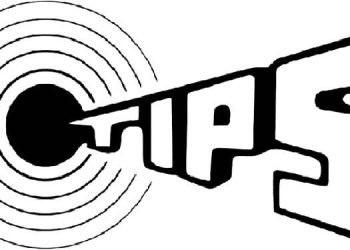
The Heinz and Kraft merger will form one of the biggest food and drink companies in the world but the prudent nature of the new owners signals a more cost-focused approach to brand building.
The team-up forms the world’s fifth biggest food business with around $28bn in annual revenue. It will have eight brands that each generates more than $1bn a year in sales, including Heinz’s flagship Tomato Ketchup, and five valued between $500m and $1bn.
The deal, orchestrated by Heinz’s owners investment firm 3G Capital and Warren Buffett’s Berkshire Hathaway, aims to cut costs and boost margins. It is expected to deliver $1.5bn in annual synergies by the end of 2017 with much of the short-term gains likely to come from zero-based-budgeting (ZBB), a cost-cutting exercise both companies have pioneered in other ventures.
For marketers, ZBB means establishing a clear line of sight in terms of how they invest and get returns from investments. At Heinz, which already uses the cost-cutting practice, marketers are constantly on the hunt for savings from non-working media that can be reapplied elsewhere. The process was implemented soon after 3G, along with Berkshire Hathaway, acquired Heinz in 2013 that sparked a restructure of its marketing team.
Kraft’s references of “cost savings”, “nimble” and “synergies” in its statement on the merger suggest the new owners are likely to cut tons of fat from the business, which has struggled to lift margins in recent years.
A spokesman from Kraft said: “The cost savings generated by this transaction will allow us to invest more in marketing and innovation and enable fact-based consumer insights to drive those investments. This puts us in an even better position to deliver both to our consumers and to our customers.”
While the announcement will no doubt leave some employees fearful for their jobs, it also has ad agencies wondering if and when the cost cuts will affect them.
Kraft consolidated advertising for its brands, which include Oscar Meyer, Velveeta, and Jell-O, into four agencies last year: CP+B, McGarryBowen, Leo Burnett and Taxi. Agencies including Droga5, Wieden + Kennedy, and Ogilvy & Mather were dropped.
In 2014, Kraft spent $540.5m on advertising, down from $686.3m in 2013, according to Kantar Media. Heinz only spent $42.4m in the US in 2014.
Given Heinz’s propensity not to spend big on advertising, the business will be looking to Kraft’s more active brands to boost the awareness of its own, whether it’s through cross-promotions or increased distribution. Kraft has heavily relied on marketing to spur sales in recent years with mobile and social playing a more prominent role in its activity.
A spokesman for Heinz said: “Our combined brands and business mean increased scale and relevance both in the US and internationally, and provide a much-needed platform for growing Kraft’s brands internationally under the terms of the company’s agreement with Mondelez.
“Kraft’s brand awareness of 80 percent in 14 markets plus the scheduled return of brands from Mondelez to Kraft, represents the significant untapped potential for our combined business internationally.”
Jack Skelly, packaged food analyst at Euromonitor, said that while he thinks Kraft will benefit from leveraging Heinz’s distribution network, he doesn’t see the company expanding internationally at a dramatic rate.
“Kraft is just so strong in the US. There will be some expansion but overall I don’t think there will be that much change,” he said.
In terms of cross-promotion opportunities for Kraft-Heinz, Skelly said that while he imagines there will be some cross-branding in terms of markets where Kraft isn’t present, he doesn’t see much room for experimentation since there is little overlap in terms of the products that Heinz and Kraft each sell.
“I can’t imagine there will be a huge crossover between Heinz Tomato Ketchup and Philadelphia Cream Cheese,” he said.
The merged company, should it be approved by regulators, is set to create one of the largest food and beverage brands in the world and with its large footprint and diverse products will be positioned to produce strong returns in the long term.

















